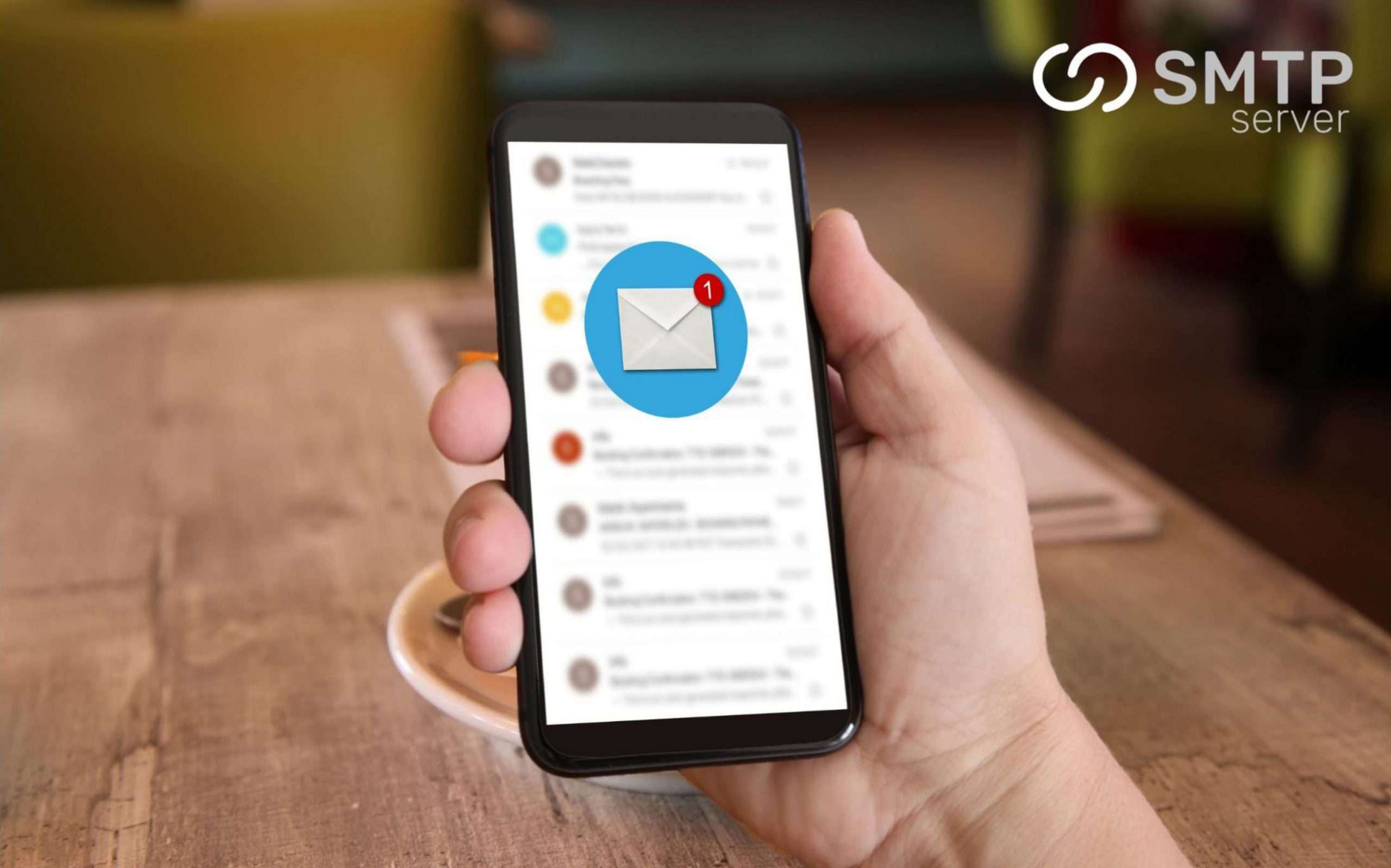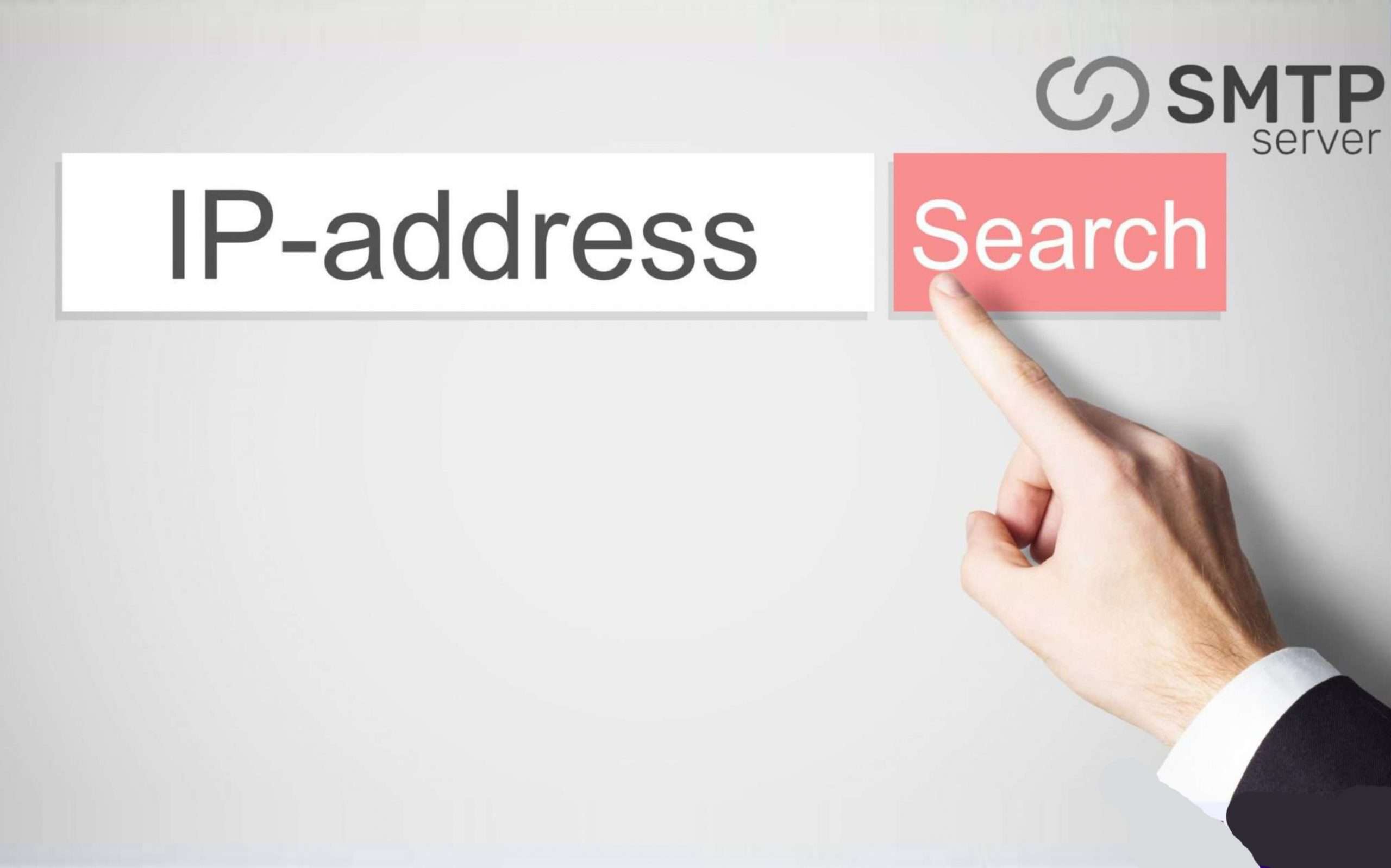16,902 total views, 19 views today
Table of Contents
- Introduction
- What is SMTP?
- How Does SMTP Work?
- The SMTP Process
- SMTP Commands
- SMTP Ports
- SMTP Relay
- SMTP Authentication
- SMTP Security
- SMTP vs. IMAP and POP3
- SMTP Server Setup
- SMTP Troubleshooting
- SMTP Best Practices
- Conclusion
- FAQs
1. Introduction
Email is an essential communication tool in the digital world. It is estimated that over 306 billion emails are sent every day worldwide. The Simple Mail Transfer Protocol (SMTP) is a critical technology that enables emails to be sent and received across the internet. Understanding how SMTP works is essential for anyone who wants to manage an email server or troubleshoot email delivery issues.
In this article, we will provide a detailed overview of SMTP, including what it is, how it works, the SMTP process, SMTP commands, ports, relay, authentication, security, server setup, troubleshooting, best practices, and how it compares to other email protocols.
2. What is SMTP?
SMTP is a protocol used to send and receive email messages between servers. It is a set of rules and guidelines that govern how email messages are transferred over the internet. SMTP was first defined in RFC 821 in 1982 and has since been updated and expanded in subsequent RFCs.
SMTP is a client-server protocol that works in conjunction with other email protocols, such as Internet Message Access Protocol (IMAP) and Post Office Protocol version 3 (POP3), which are used for email retrieval.
3. How Does SMTP Work?
SMTP works by establishing a connection between two servers: the sender’s email server and the recipient’s email server. The sending server connects to the recipient server via an SMTP port and sends the email message to the recipient server. The recipient server then delivers the email to the recipient’s mailbox.
SMTP uses a set of commands to transfer email messages. These commands are sent in plain text format and are visible to anyone who intercepts the email message. Therefore, it is crucial to use encryption and authentication to protect sensitive information in email messages.
4. The SMTP Process
The SMTP process involves several steps:
- The email client creates an email message.
- The email client sends the email message to the sending email server.
- The sending email server establishes a connection with the recipient’s email server.
- The sending email server sends the email message to the recipient’s email server.
- The recipient’s email server delivers the email message to the recipient’s mailbox.
5. SMTP Commands
SMTP uses several commands to transfer email messages, including:
- HELO/EHLO: Identifies the sending server to the recipient server.
- MAIL FROM: Identifies the email address of the sender.
- RCPT TO: Identifies the email address of the recipient.
- DATA: Specifies the email message content.
- QUIT: Closes the connection between the sending and recipient servers.
6. SMTP Ports
SMTP uses two ports: port 25 and port 587. Port 25 is the default SMTP port, while port 587 is the submission port. Port 587 is typically used for email submission by email clients and requires authentication, whereas port 25 is used for email delivery between servers.
7. SMTP Relay
SMTP relay is the process of sending email messages through a third-party server. SMTP relay is often used by businesses and organizations to send bulk email messages or to bypass email filtering restrictions imposed by internet service providers (ISPs).
8. SMTP Authentication
SMTP authentication is the process of verifying the identity of the email sender before allowing them to send email messages through an SMTP server. SMTP authentication is crucial for preventing spam and email fraud.
There are several types of SMTP authentication methods, including:
- Plain text authentication: Sends the username and password in plain text format, which is not secure.
- CRAM-MD5 authentication: Uses a challenge-response mechanism to authenticate the user, which is more secure than plain text authentication.
- Secure Sockets Layer (SSL) authentication: Uses SSL encryption to secure the connection between the email client and the SMTP server.
- Transport Layer Security (TLS) authentication: Uses TLS encryption to secure the connection between the email client and the SMTP server.
9. SMTP Security
SMTP security is essential for protecting sensitive information in email messages. SMTP security can be achieved through various methods, including encryption and authentication.
Encryption is the process of converting plain text data into a cipher text that can only be read by authorized parties. SMTP encryption can be achieved through SSL or TLS encryption. SSL/TLS encryption ensures that email messages are transmitted securely between email clients and servers.
Authentication ensures that only authorized users can send email messages through an SMTP server. SMTP authentication methods include plain text, CRAM-MD5, SSL, and TLS authentication.
10. SMTP vs. IMAP and POP3
SMTP, IMAP, and POP3 are all email protocols used for sending and receiving email messages. SMTP is used for sending email messages between servers, while IMAP and POP3 are used for email retrieval by email clients.
IMAP (Internet Message Access Protocol) is a protocol used for retrieving email messages from a mail server. With IMAP, email messages are stored on the mail server, and email clients access them remotely. IMAP allows users to access their email messages from multiple devices and locations.
POP3 (Post Office Protocol version 3) is another email protocol used for retrieving email messages from a mail server. With POP3, email messages are downloaded from the mail server to the email client. POP3 is ideal for users who want to keep a copy of their email messages on their local computers.
11. SMTP Server Setup
Setting up an SMTP server requires technical expertise and experience. Here are the basic steps involved in setting up an SMTP server:
- Choose an SMTP server software, such as Postfix or Microsoft Exchange Server.
- Install the SMTP server software on a dedicated server or virtual private server (VPS).
- Configure the SMTP server software to meet your email server requirements.
- Test the SMTP server to ensure that it is working correctly.
12. SMTP Troubleshooting
SMTP troubleshooting involves identifying and resolving email delivery issues. Common SMTP troubleshooting issues include:
- Email delivery delays or failures
- SMTP server authentication errors
- SMTP server connection errors
- DNS configuration issues
13. SMTP Best Practices
Here are some SMTP best practices to follow:
- Use encryption to secure email transmissions.
- Use SMTP authentication to prevent email fraud and spam.
- Use a reputable SMTP server provider to ensure email delivery.
- Monitor SMTP server logs for unusual activity.
- Regularly update and patch SMTP server software.
14. Conclusion
SMTP is a critical email protocol that enables email messages to be sent and received across the internet. Understanding how SMTP works are essential for anyone who wants to manage an email server or troubleshoot email delivery issues. SMTP security, authentication, and encryption are crucial for protecting sensitive information in email messages. By following best practices and properly setting up and maintaining an SMTP server, you can ensure that your email messages are delivered securely and efficiently.
15. FAQs
1. What is SMTP?
SMTP stands for Simple Mail Transfer Protocol. It is a protocol used for sending email messages between email clients and servers.
2. What is the difference between SMTP and IMAP?
SMTP is used for sending email messages between servers, while IMAP is used for retrieving email messages from a mail server. IMAP allows users to access their email messages from multiple devices and locations, while SMTP is only used for sending email messages.
3. What is SMTP authentication?
SMTP authentication is the process of verifying the identity of the email sender before allowing them to send email messages through an SMTP server. SMTP authentication is crucial for preventing spam and email fraud.
4. How does SMTP encryption work?
SMTP encryption can be achieved through SSL or TLS encryption. SSL/TLS encryption ensures that email messages are transmitted securely between email clients and servers.
5. How do I set up an SMTP server?
Setting up an SMTP server requires technical expertise and experience. Here are the basic steps involved in setting up an SMTP server: choose an SMTP server software, install the SMTP server software on a dedicated server or virtual private server (VPS), configure the SMTP server software to meet your email server requirements, and test the SMTP server to ensure that it is working correctly.
By following best practices and properly setting up and maintaining an SMTP server, you can ensure that your email messages are delivered securely and efficiently.





